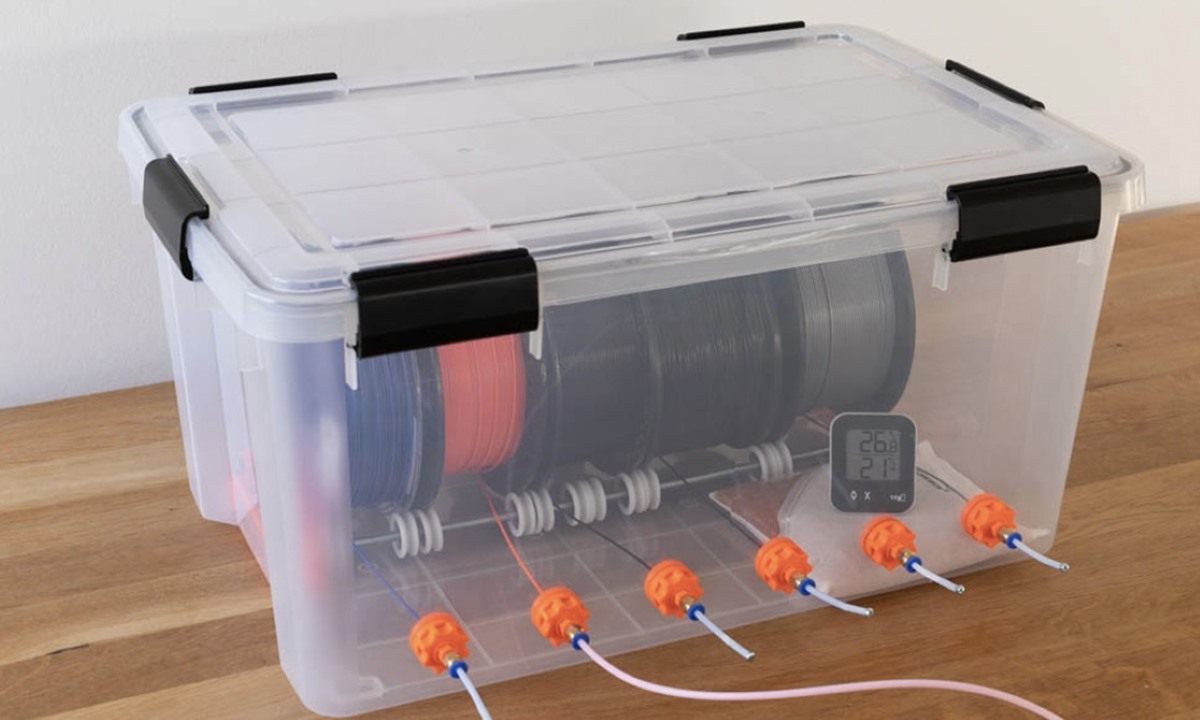

Articles
How To Store 3D Printer Filament
Modified: August 20, 2024
Learn the best ways to store articles for your 3D printer filament, ensuring optimal performance and longevity.
(Many of the links in this article redirect to a specific reviewed product. Your purchase of these products through affiliate links helps to generate commission for Storables.com, at no extra cost. Learn more)
Introduction
3D printing has revolutionized the way we create objects, from simple prototypes to intricate designs. The quality of 3D prints largely depends on the filament used in the printing process. Filament, typically made of materials such as PLA (Polylactic Acid) or ABS (Acrylonitrile Butadiene Styrene), is prone to moisture absorption and degradation over time. Therefore, proper storage of 3D printer filament is crucial to maintain its quality and performance.
In this article, we will explore the importance of proper filament storage and discuss the factors that can impact the quality of your prints. We will also provide guidelines on how to store your 3D printer filament correctly to maximize its lifespan and prevent common issues such as clogged nozzles and brittle prints.
Whether you are new to 3D printing or an experienced enthusiast, understanding the importance of filament storage and adopting proper storage techniques will help you produce consistent and high-quality prints.
Key Takeaways:
- Proper storage of 3D printer filament is crucial to prevent moisture absorption, maintain print quality, and avoid nozzle clogging. Follow ideal storage conditions and choose the right containers to ensure consistent and high-quality prints.
- Long-term filament storage requires extra care, including vacuum-sealing, using desiccant packs, and monitoring for degradation. Avoid common mistakes such as exposing filament to moisture and ignoring temperature fluctuations to preserve filament quality and usability.
Read more: How To Reuse 3D Printer Filament
Importance of Proper Filament Storage
Proper filament storage is essential to ensure the longevity and performance of your 3D printer filament. Here are a few key reasons why it is important:
- Moisture Absorption: Filament materials such as PLA and ABS have a tendency to absorb moisture from the surrounding environment. When exposed to moisture, the filament can become brittle or create air bubbles during the printing process, resulting in poor print quality.
- Print Quality: Moisture or improper storage can lead to filament degradation, causing inconsistencies in the print quality. It may result in layer adhesion issues, warped prints, or even failed prints. By storing your filament correctly, you can maintain consistent print quality and achieve the desired results.
- Nozzle Clogging: Moisture content in the filament can cause the filament to swell and clog the printer nozzle, disrupting the extrusion process. Clogged nozzles can lead to uneven extrusion, under-extrusion, or even complete blockage, rendering the printer inoperable until the nozzle is cleared.
- Material Properties: Filament materials can be sensitive to temperature and humidity, affecting their structural integrity. Improper storage can alter the properties of the filament, leading to dimensional inaccuracies, warping, or reduced strength in the final printed object.
By understanding the importance of proper filament storage, you can prevent these issues and consistently produce high-quality prints. Taking the necessary steps to store filament correctly will not only save you time and money but also ensure a smooth 3D printing experience.
Factors Affecting Filament Storage
Several factors can affect how well your filament is stored and how it performs during the 3D printing process. It’s important to be aware of these factors to ensure proper storage and maximize the lifespan of your filament. Let’s explore some of the key factors:
- Temperature: Filament materials can be sensitive to temperature changes. High temperatures can cause filament to soften or warp, while low temperatures can make it brittle. It’s important to store your filament in a cool, dry place that maintains a consistent temperature.
- Humidity: Moisture absorption is a common issue with filament materials. High humidity levels can lead to filament degradation, resulting in poor print quality. It’s recommended to store filament in a low-humidity environment or use desiccant packs to absorb any moisture that may be present.
- UV Exposure: Many filaments, especially those made from PLA, can be negatively affected by prolonged exposure to UV light. UV radiation can cause filament to become brittle or change color. To protect your filament, store it in opaque containers or keep it away from direct sunlight.
- Dust and Contaminants: Dust particles or other contaminants can adhere to the surface of your filament, causing imperfections in the print. It’s important to store filament in clean and dust-free environments to minimize the risk of contamination. Consider using sealed storage containers or vacuum-sealed bags to protect your filament from dust and debris.
By considering these factors and taking proper precautions, you can create an optimal storage environment for your filament. This will help maintain its quality, extend its lifespan, and ensure optimal performance during the 3D printing process.
Ideal Storage Conditions
To ensure the longevity and performance of your 3D printer filament, it’s important to store it under ideal conditions. Here are some guidelines for creating an optimal storage environment:
- Temperature: Store your filament in a cool and stable temperature environment. Ideally, the temperature should be around 20-25°C (68-77°F). Avoid storing filament in areas with extreme temperature fluctuations, such as near heaters or windows.
- Humidity: Maintain a low-humidity environment for your filament storage. The humidity level should be below 50%, as high humidity can lead to moisture absorption and filament degradation. You can use a hygrometer to monitor the humidity levels in your storage area.
- UV Protection: Protect your filament from UV exposure by storing it in opaque containers or using UV-resistant storage solutions. This will prevent the filament from becoming brittle or changing color due to prolonged exposure to UV light.
- Clean and Dust-Free Environment: Store your filament in a clean and dust-free area to avoid contaminants adhering to its surface. Consider using sealed storage containers or vacuum-sealed bags to protect the filament from dust, dirt, and other particles.
- Separation and Organization: Keep different types and colors of filament separated to prevent cross-contamination. Label your storage containers to easily identify the filament inside and maintain organization in your filament storage area.
By adhering to these ideal storage conditions, you can significantly extend the shelf life of your filament and ensure consistent print quality.
Choosing the Right Storage Containers
When it comes to storing your 3D printer filament, choosing the right storage containers is crucial. The containers you use should provide a secure and controlled environment to protect the filament from moisture, dust, and UV exposure. Here are some factors to consider when selecting storage containers:
- Airtightness: Look for containers that offer a high level of airtightness. This will prevent moisture from getting inside and affecting the filament. Airtight containers will also help maintain a consistent humidity level within the storage environment.
- Opaque or UV-resistant: Opt for containers that are opaque or have UV-resistant properties. This will shield your filament from harmful UV radiation, ensuring its longevity and preventing any degradation or color changes.
- Size and Capacity: Consider the size and capacity of the storage containers based on the amount of filament you have. It’s important to have enough space to store the filament without it getting tangled or compressed.
- Material: Choose containers made from materials that do not emit harmful fumes or interact negatively with the filament. Food-grade plastics or storage bins made specifically for filament storage are good options to consider.
- Sealing Mechanism: Check the sealing mechanism of the containers to ensure a tight seal. This will prevent air, moisture, and contaminants from entering the container and affecting the filament.
Depending on your storage needs, there are several options available, such as plastic storage bins with airtight lids, vacuum-sealed storage bags, or specialized filament storage containers with built-in desiccant compartments. Assess your requirements and choose the containers that best suit your needs while providing the necessary protection for your filament.
Remember to properly label your storage containers to easily identify the filament inside, including the type of filament and its printing specifications, if necessary. This will help you stay organized and avoid confusion when selecting the appropriate filament for your prints.
Store 3D printer filament in a cool, dry place away from direct sunlight to prevent moisture absorption and degradation. Use airtight containers or vacuum-sealed bags for long-term storage.
Read more: How To Dry 3D Printer Filament
Steps to Store 3D Printer Filament
Properly storing your 3D printer filament is essential to maintain its quality and performance. Here are the steps you can follow to store your filament correctly:
- Prepare the filament: Before storing the filament, make sure it is clean and free from dust or debris. If needed, gently wipe the surface of the filament with a clean cloth to remove any contaminants.
- Choose the right storage containers: Select airtight and opaque containers that provide protection from moisture, UV light, and dust. Ensure that the containers are large enough to accommodate the spools of filament without causing them to bend or tangle.
- Include desiccant: To further prevent moisture absorption, consider including desiccant packs or silica gel packets inside the storage containers. These will help absorb any residual moisture and maintain the optimal humidity level for the filament.
- Label the containers: Properly label each storage container with the type of filament, color, and any specific printing parameters or material requirements. This will help you easily identify and locate the desired filament when needed.
- Store in a cool, dry place: Find a suitable location to store your filament, away from direct sunlight and extreme temperature fluctuations. Ideally, the storage area should have a temperature of around 20-25°C (68-77°F) and a humidity level below 50%.
- Avoid storing near electronics or chemicals: Keep your filament storage area separate from any electronics or chemicals that may emit fumes or gases. This will prevent any potential interactions or damage to the filament.
- Regularly monitor and maintain: Periodically check the storage containers to ensure they remain airtight and free from any contaminants. If the filament is exposed to moisture or if you notice any signs of degradation, consider drying the filament before using it.
- Keep spools organized: Avoid storing spools of filament haphazardly. Use spool holders or racks to keep them organized and prevent tangling or unraveling of the filament. This will make it easier to retrieve and use the filament for printing.
By following these steps, you can effectively store your 3D printer filament and ensure its longevity and performance throughout its lifespan.
Tips for Long-Term Filament Storage
If you plan to store your 3D printer filament for an extended period, such as weeks or months, there are some additional tips you can follow to ensure its quality is maintained. Here are a few recommendations for long-term filament storage:
- Vacuum-seal the filament: Consider vacuum-sealing your filament to remove any air and create airtight packaging. This will further minimize the chances of moisture absorption and keep the filament in optimal condition.
- Use desiccant packs: Place additional desiccant packs or silica gel packets inside the vacuum-sealed bags or storage containers. This will help absorb any residual moisture that may have entered during the sealing process.
- Store in a temperature-controlled environment: If possible, store the vacuum-sealed filament in a temperature-controlled environment, such as a cool and dry basement or a climate-controlled storage area. This will help maintain the ideal temperature for long-term filament storage.
- Perform periodic checks: Regularly inspect the stored filament to ensure there are no signs of degradation, moisture, or other issues. If you notice any problems, consider drying the filament before using it to avoid printing defects.
- Rotate old stock: If you have a large collection of filament, rotate the usage of older stock to prevent it from sitting too long in storage. This will ensure that all your filament is used within a reasonable timeframe, reducing the risk of long-term degradation.
- Consider dry boxes: For highly moisture-sensitive filaments, such as Nylon or PVA, consider investing in dry boxes. These specialized containers have built-in moisture control systems, such as desiccant compartments or active dehumidifiers, to maintain extremely low humidity levels and prevent filament damage.
- Keep records: Maintain a record of the age and storage conditions of each filament spool. This will allow you to track how long each spool has been in storage and help you determine its suitability for future prints.
By following these tips, you can ensure the quality and usability of your filament even after long periods of storage. Long-term filament storage requires extra care and attention, but it will significantly extend the shelf life of your filament and preserve its performance.
Common Mistakes to Avoid
When it comes to storing your 3D printer filament, there are some common mistakes that you should avoid to maintain the quality and performance of your filament:
- Exposing filament to moisture: One of the biggest mistakes is exposing your filament to moisture. Moisture can lead to poor print quality, nozzle clogs, and filament degradation. Always store your filament in a dry environment and take precautions to prevent moisture absorption.
- Storing filament in open air: Storing filament in the open air leaves it vulnerable to dust, contaminants, and UV exposure. An open environment can lead to filament degradation and compromised print quality. Always store filament in sealed containers or vacuum-sealed bags to protect it from external elements.
- Ignoring temperature fluctuations: Fluctuations in temperature can have a negative impact on filament quality and performance. Avoid storing your filament in areas with extreme temperature changes, such as near heaters or windows. Maintain a stable temperature within the storage environment to prevent filament deformation or warping.
- Mixing different types of filament: Mixing different types of filament can lead to unpredictable print results and potential damage to your 3D printer. Store each type of filament separately and clearly label the containers to avoid any mix-ups or confusion.
- Not checking filament before storage: Neglecting to check your filament for any visible contaminants or imperfections before storing it can lead to issues during printing. Always inspect your filament and clean it if necessary before storing it away.
- Forgetting to check storage containers: It’s important to regularly inspect your storage containers for any signs of damage or wear. Check for cracks, loose seals, or any potential openings that may compromise the airtightness of the containers. Replace or repair containers as needed to maintain optimal storage conditions.
- Not keeping track of storage time: It’s essential to keep track of the length of time your filament has been in storage. Filament does have a shelf life, and using outdated or degraded filament can lead to poor print quality. Consider implementing a labeling system or record-keeping practice to ensure you use filament within its recommended timeframe.
By avoiding these common mistakes, you can maximize the lifespan of your filament and ensure consistent and high-quality 3D prints without unnecessary complications.
Conclusion
Proper storage of your 3D printer filament is vital for preserving its quality and ensuring optimal print performance. Moisture absorption, temperature fluctuations, and exposure to contaminants can all impact the filament’s integrity and lead to poor print results. By following the guidelines outlined in this article, you can store your filament correctly and avoid common mistakes that could compromise its quality.
Remember to store your filament in a cool, dry place with a consistent temperature and humidity level. Choose airtight and opaque storage containers or vacuum-sealed bags to protect the filament from moisture, dust, UV exposure, and contaminants. Label the containers to easily identify the filament type, color, and printing parameters.
For long-term storage, consider vacuum-sealing the filament and using desiccant packs to further prevent moisture absorption. Monitor and check the stored filament periodically to ensure it remains in optimal condition.
By taking the necessary steps to store your 3D printer filament properly, you can prolong its lifespan, maintain its quality, and achieve consistent and high-quality prints. With a carefully organized and well-maintained storage system, you can confidently embark on your 3D printing projects and unleash your creativity without worrying about filament degradation or printing issues.
So, take the time to implement proper filament storage practices and enjoy the seamless and satisfying 3D printing experience that comes with it!
Frequently Asked Questions about How To Store 3D Printer Filament
Was this page helpful?
At Storables.com, we guarantee accurate and reliable information. Our content, validated by Expert Board Contributors, is crafted following stringent Editorial Policies. We're committed to providing you with well-researched, expert-backed insights for all your informational needs.
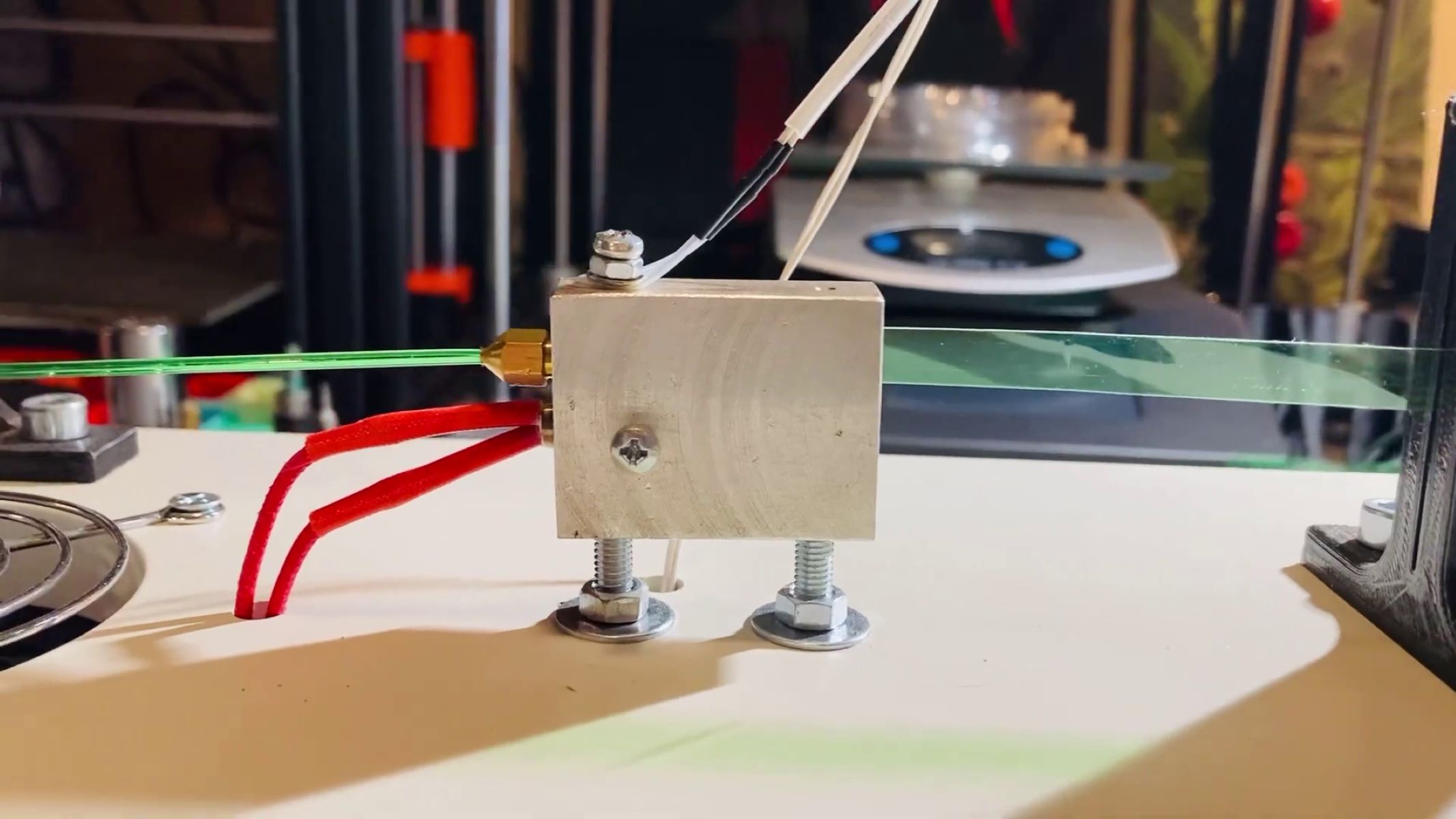
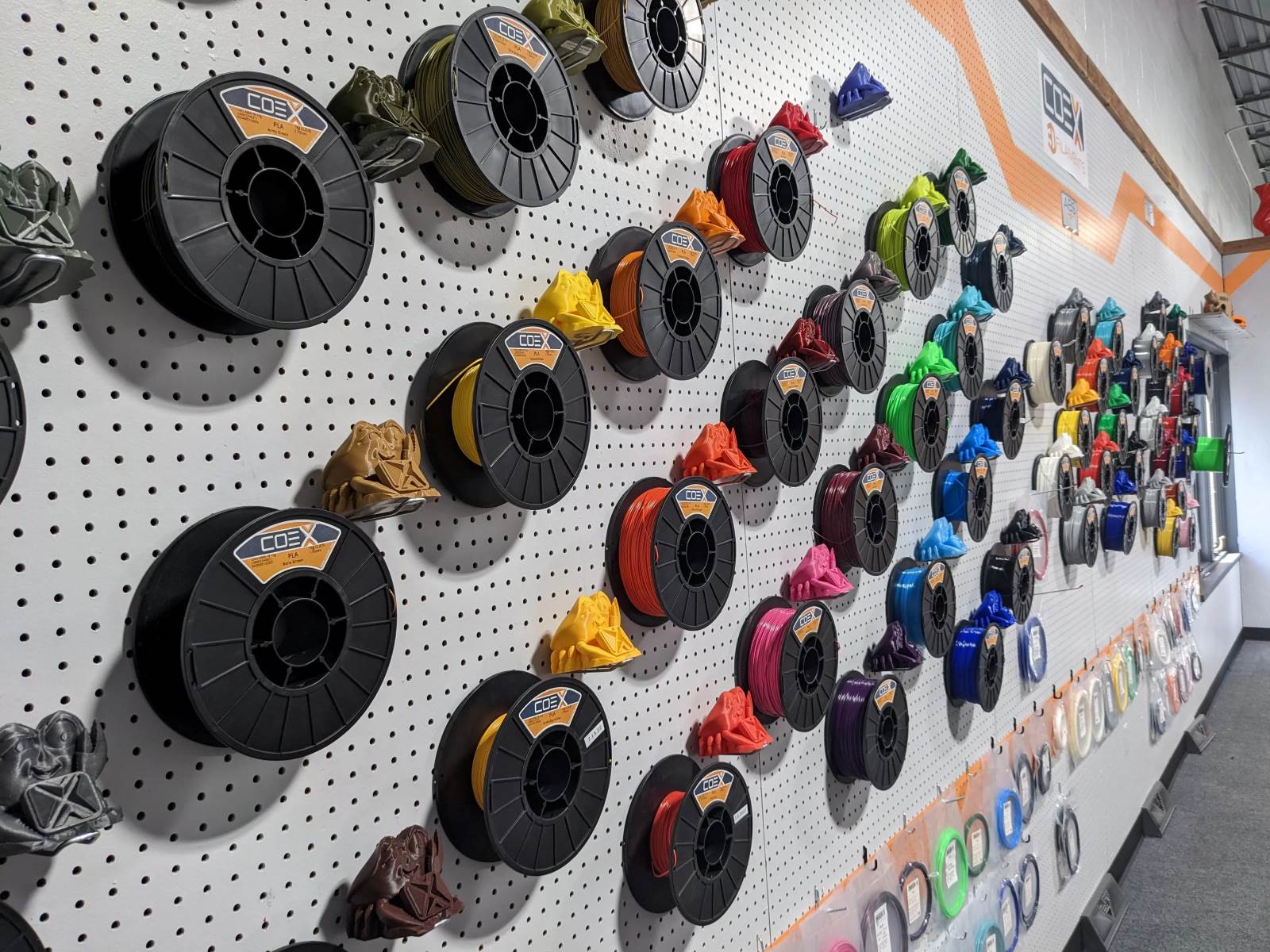
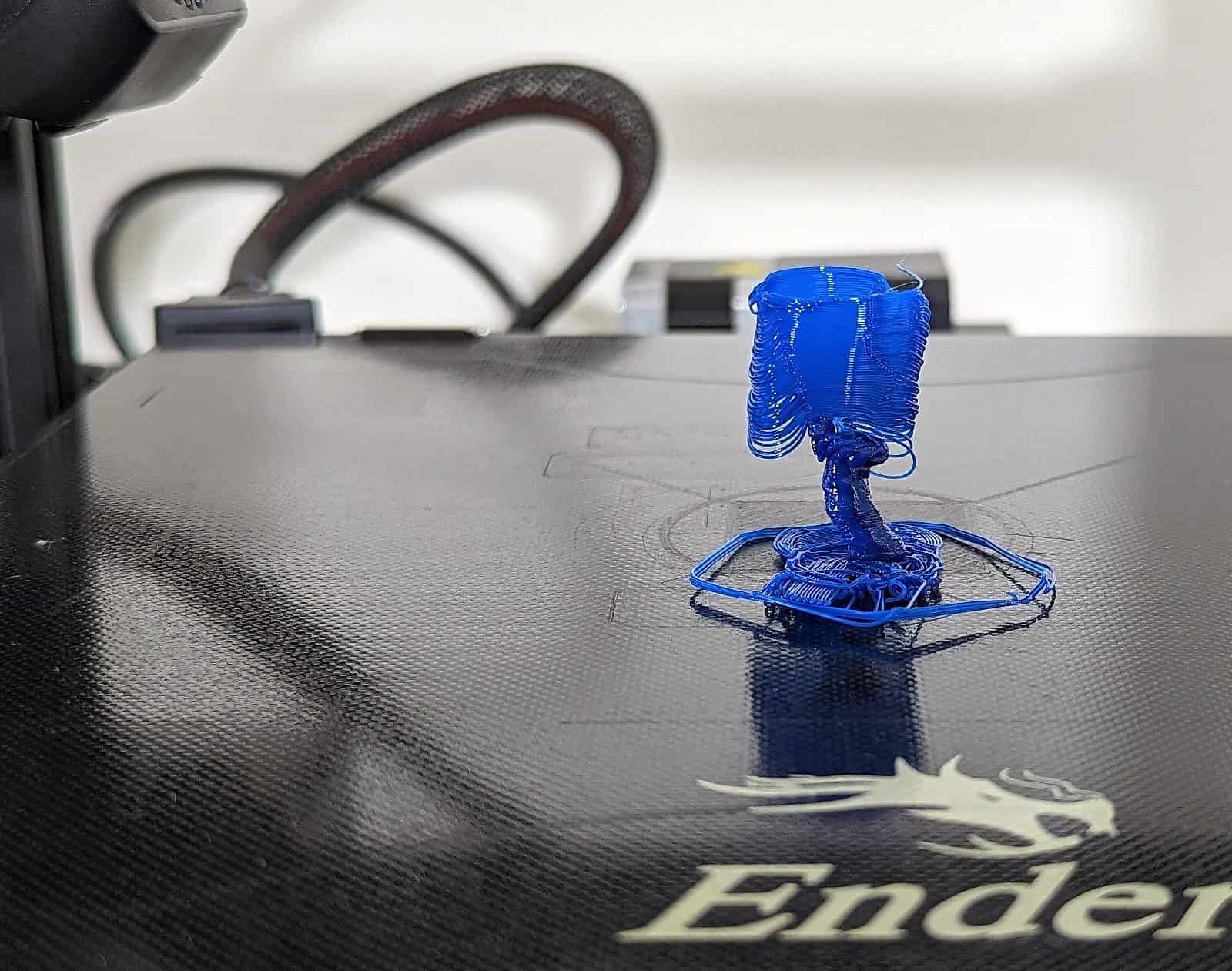
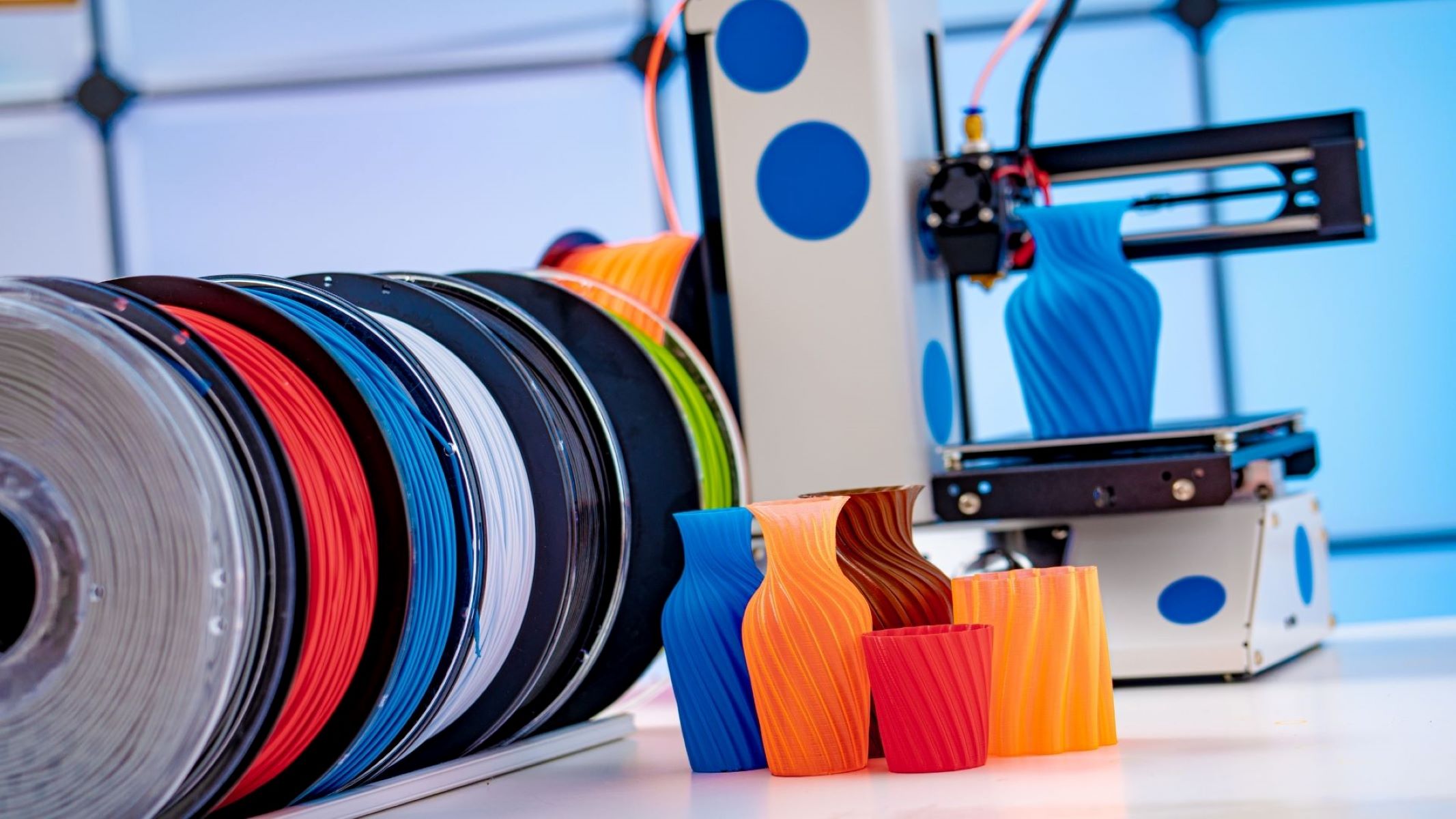
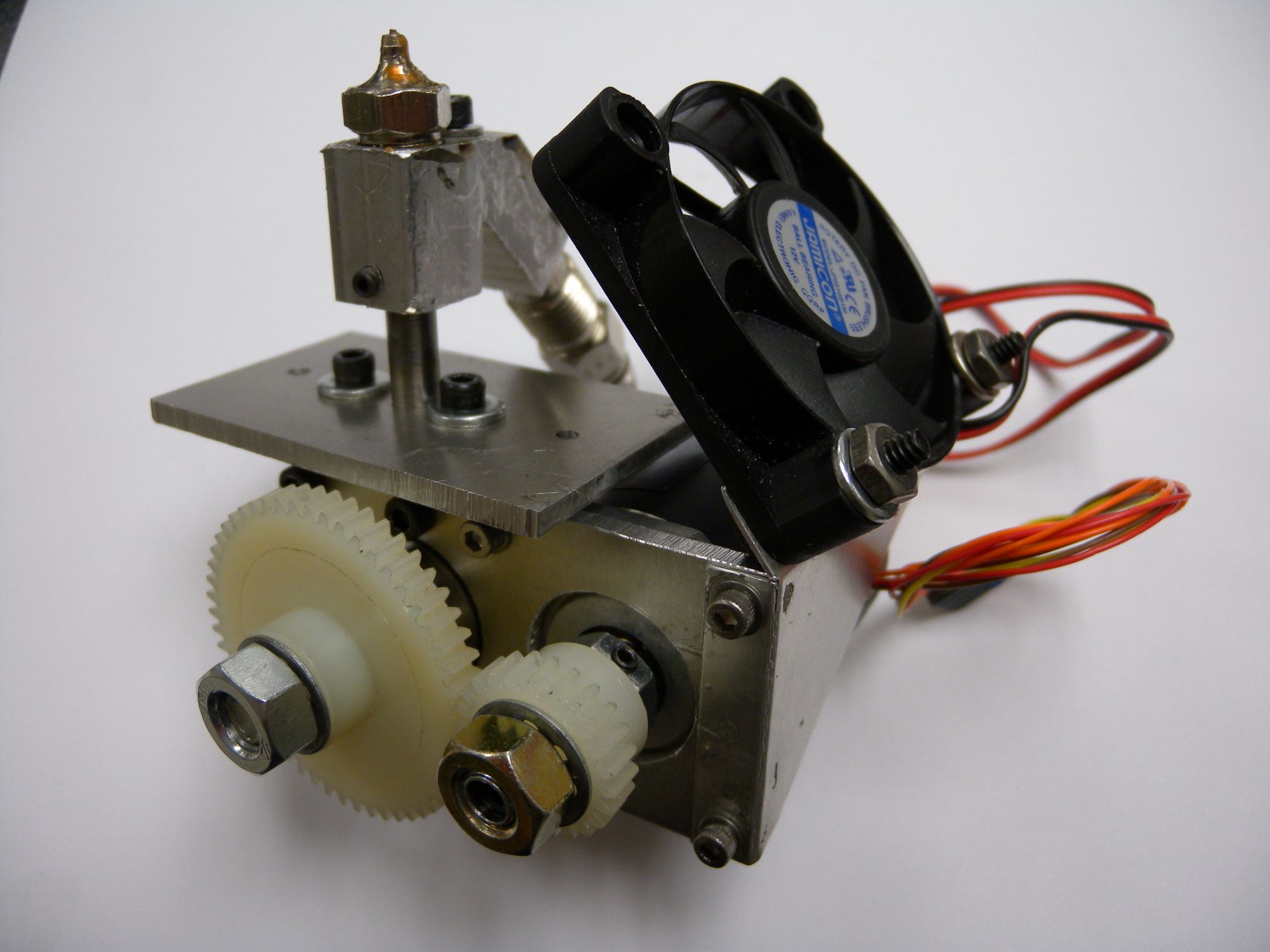
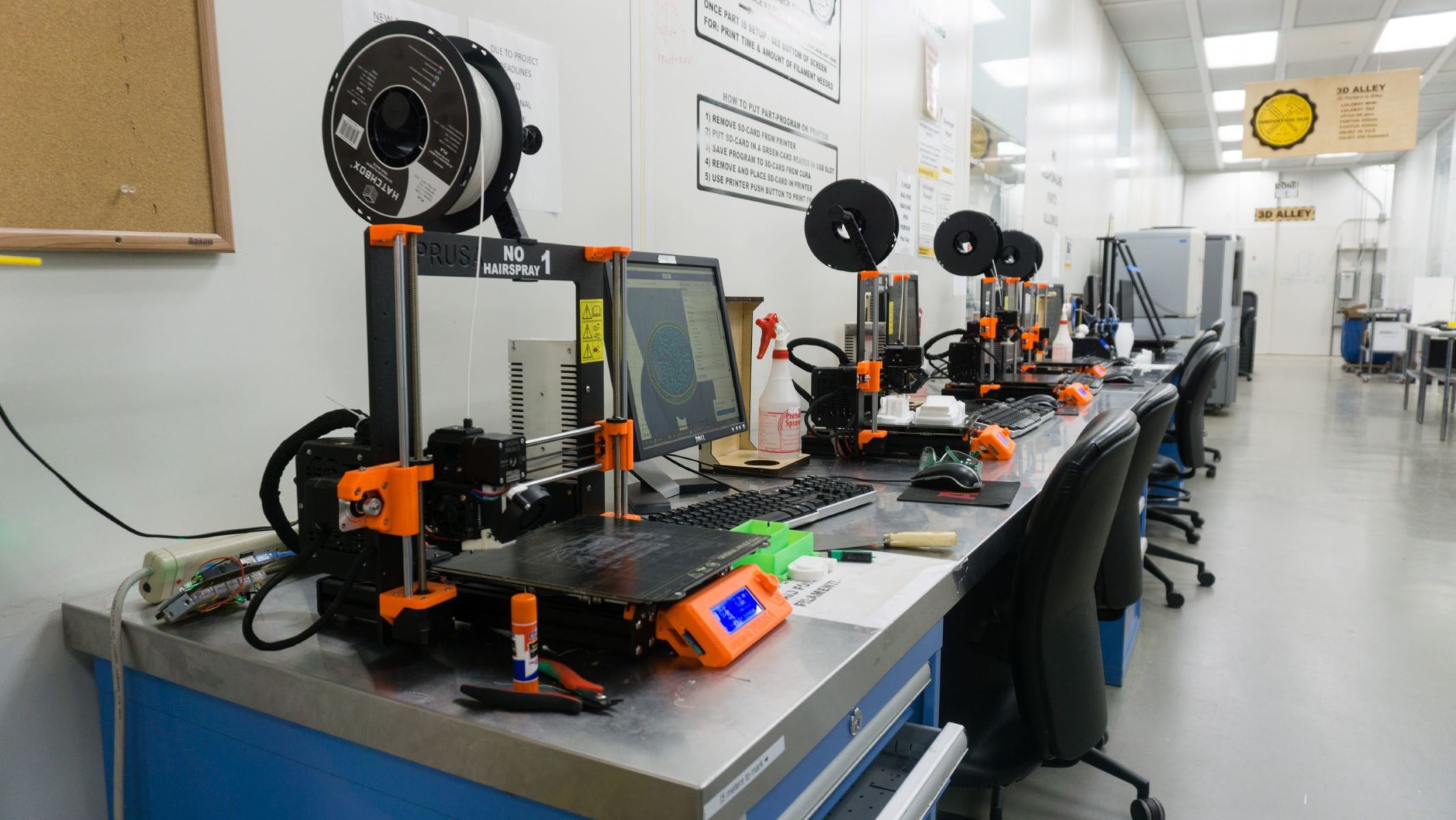
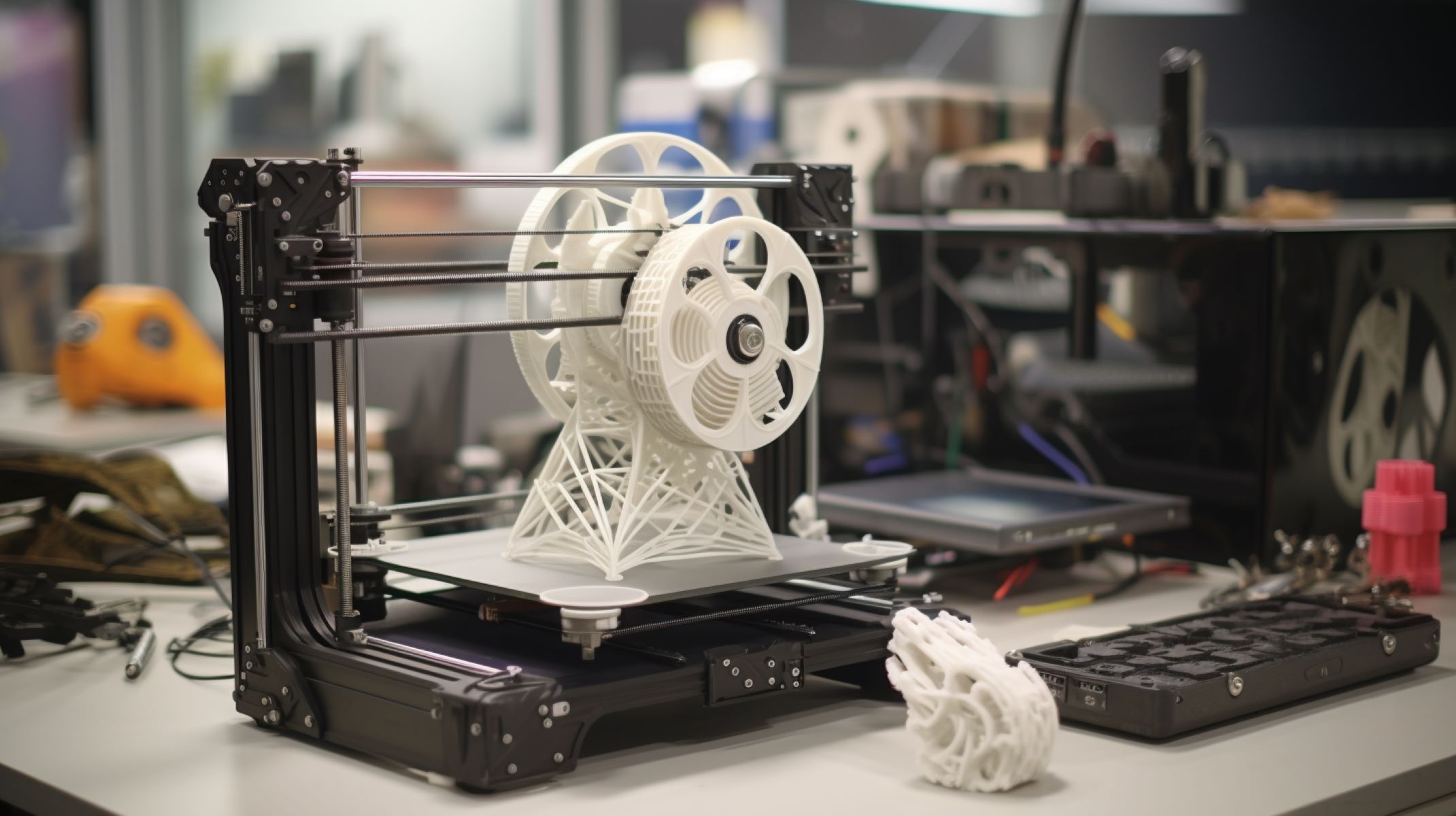
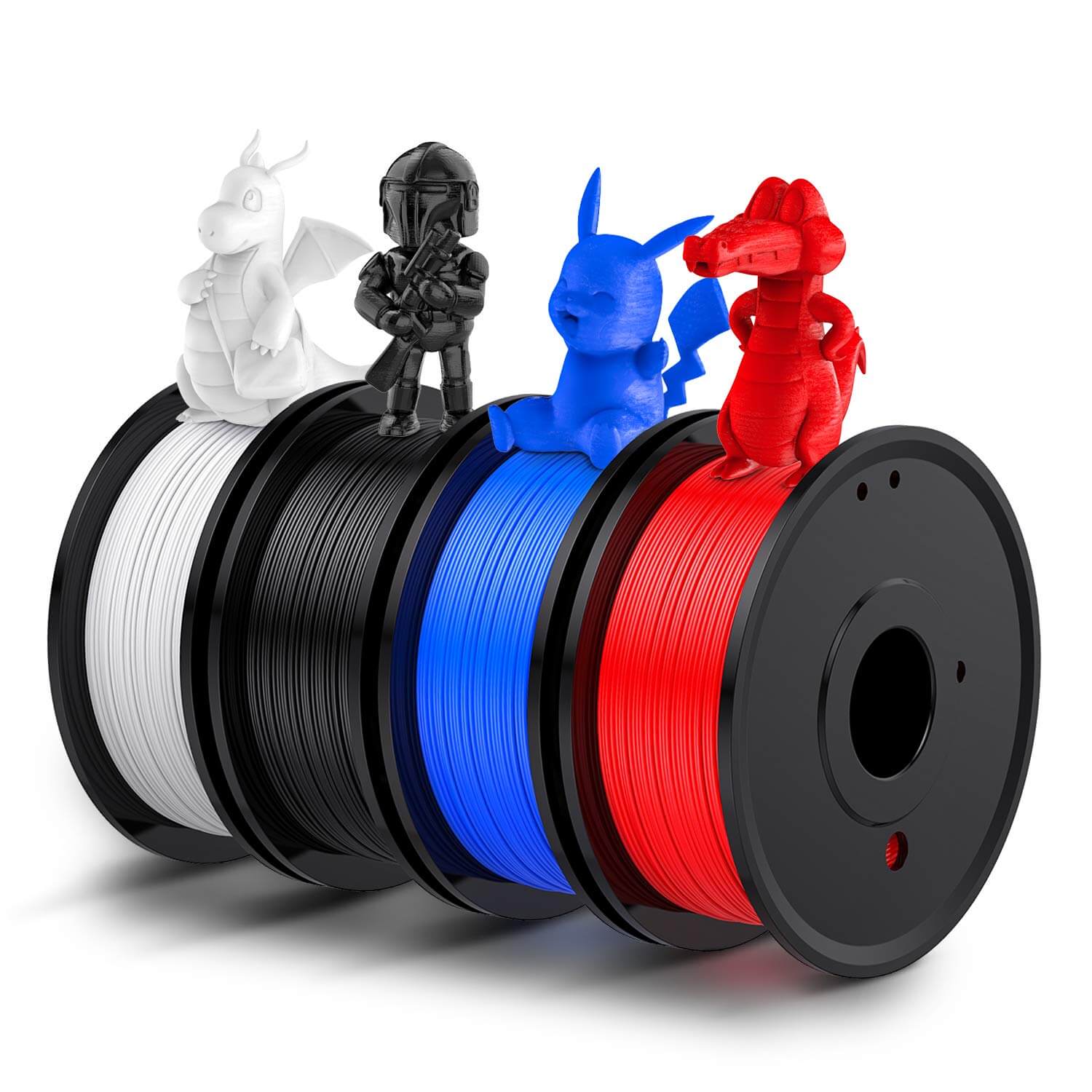
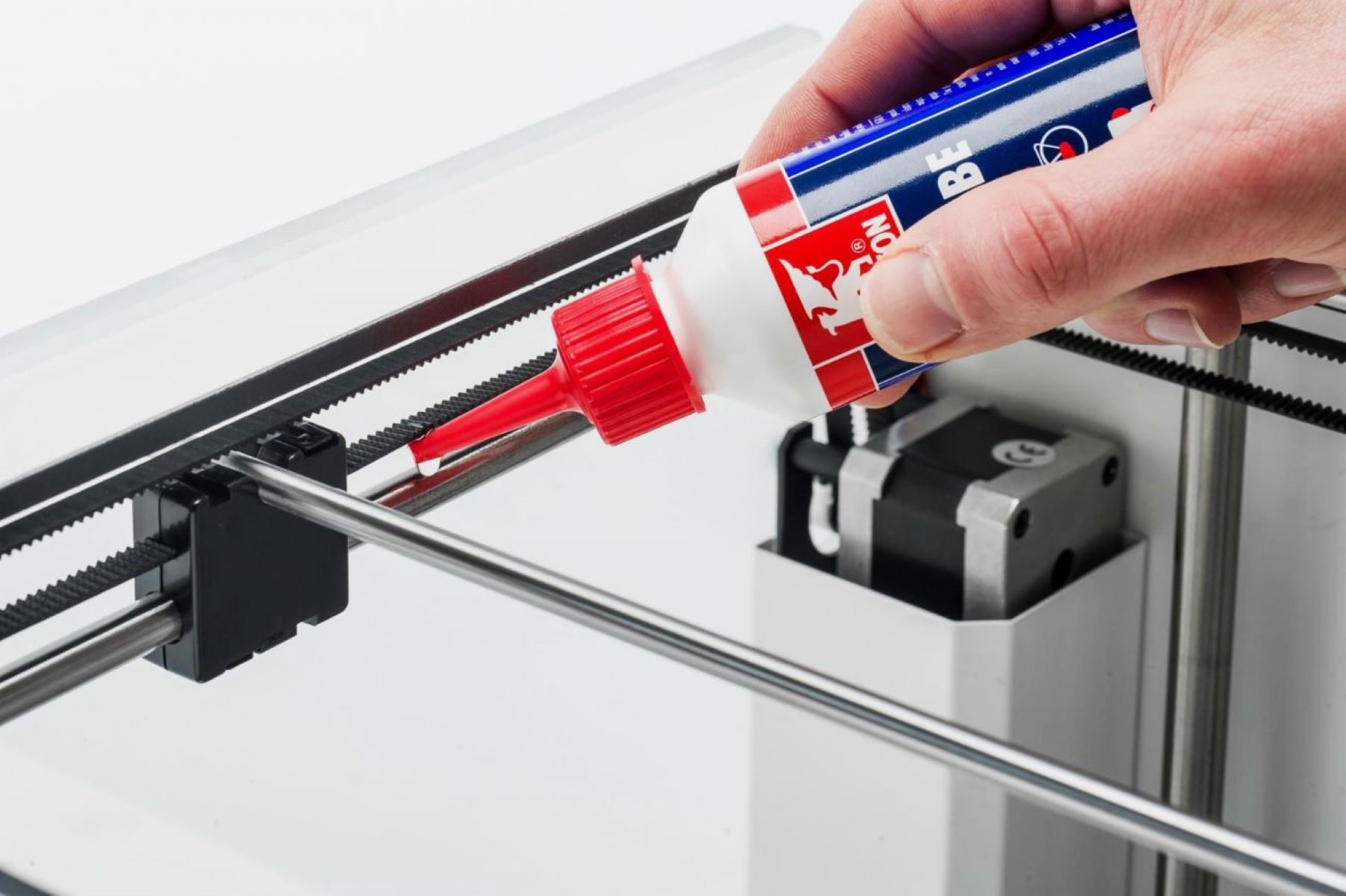
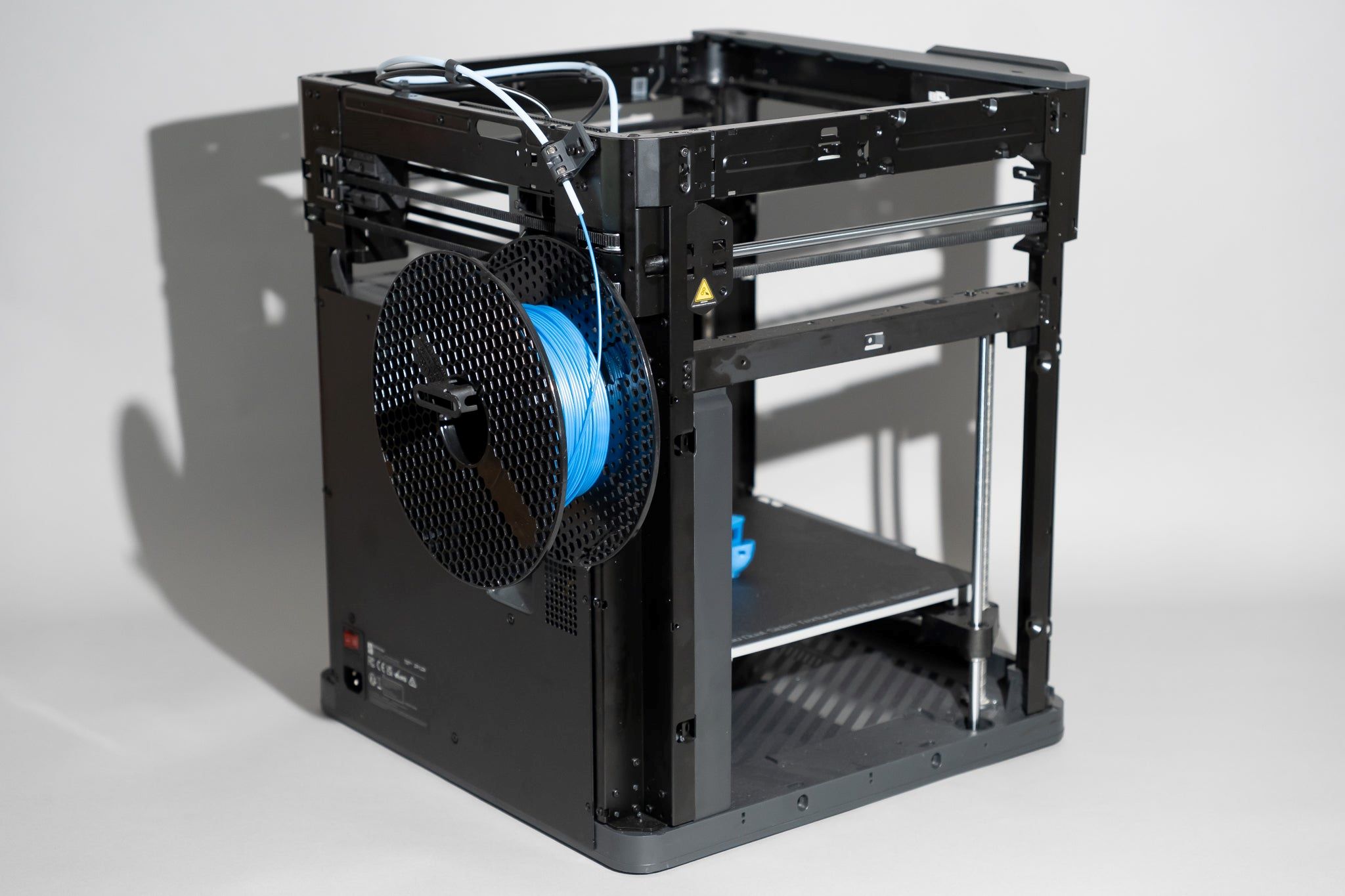
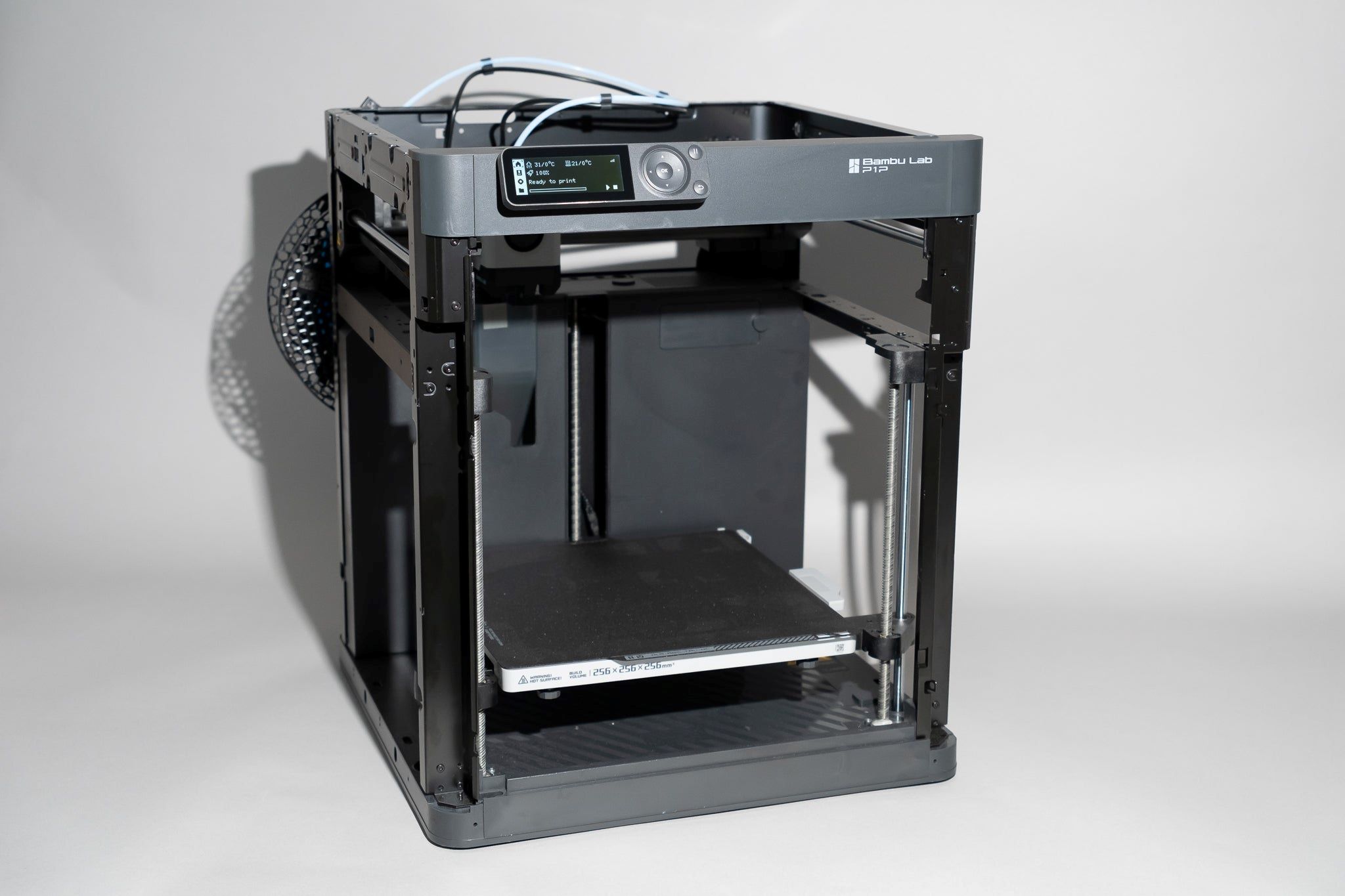
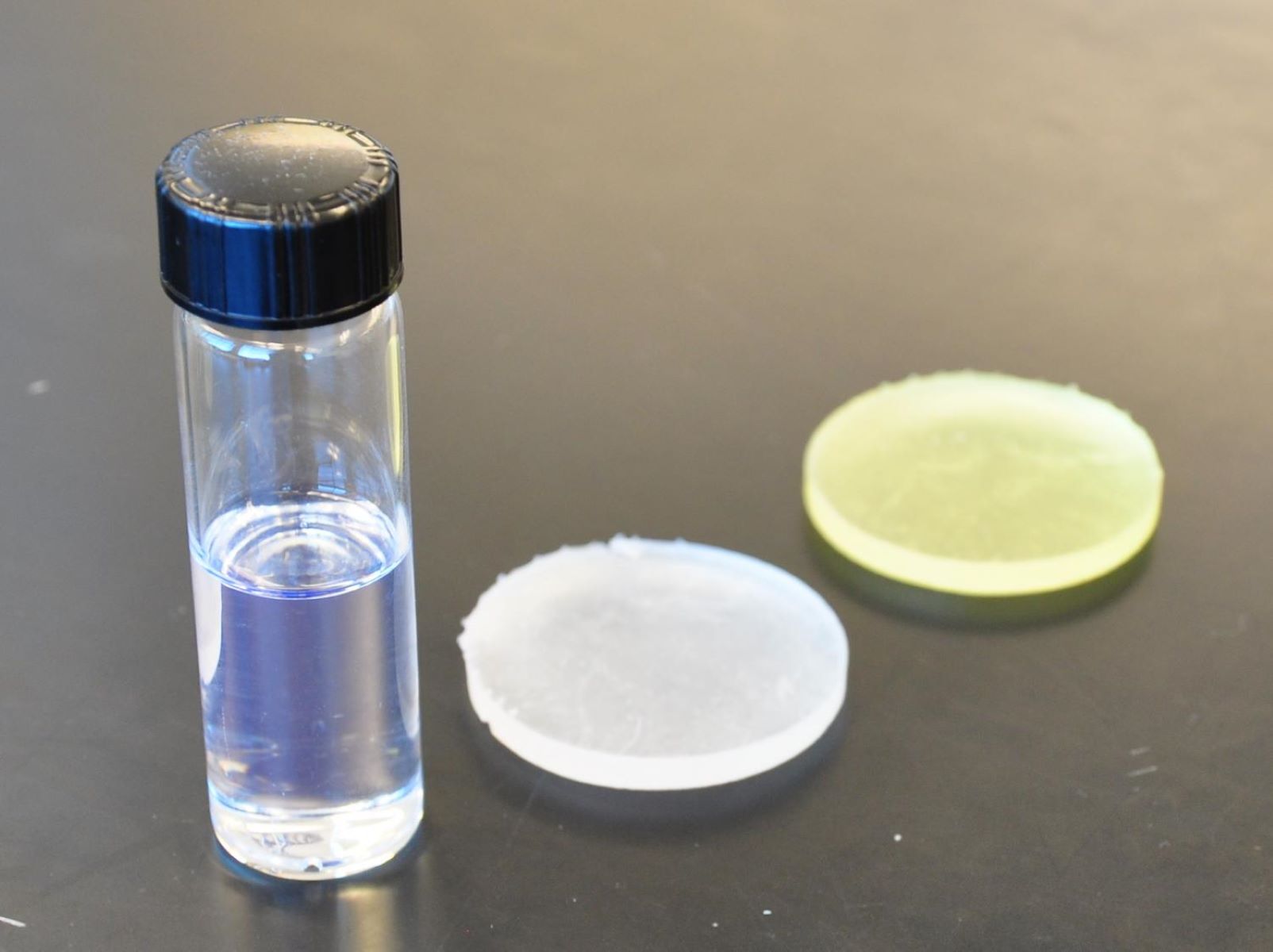
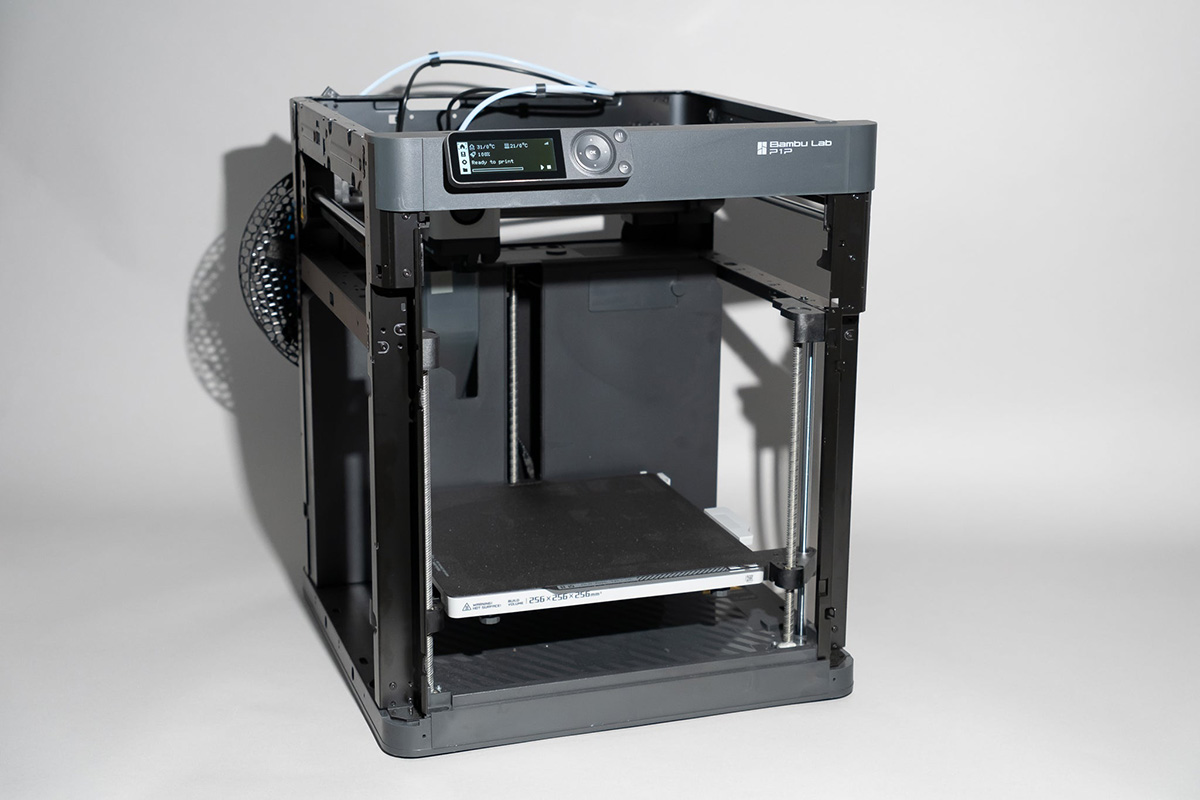
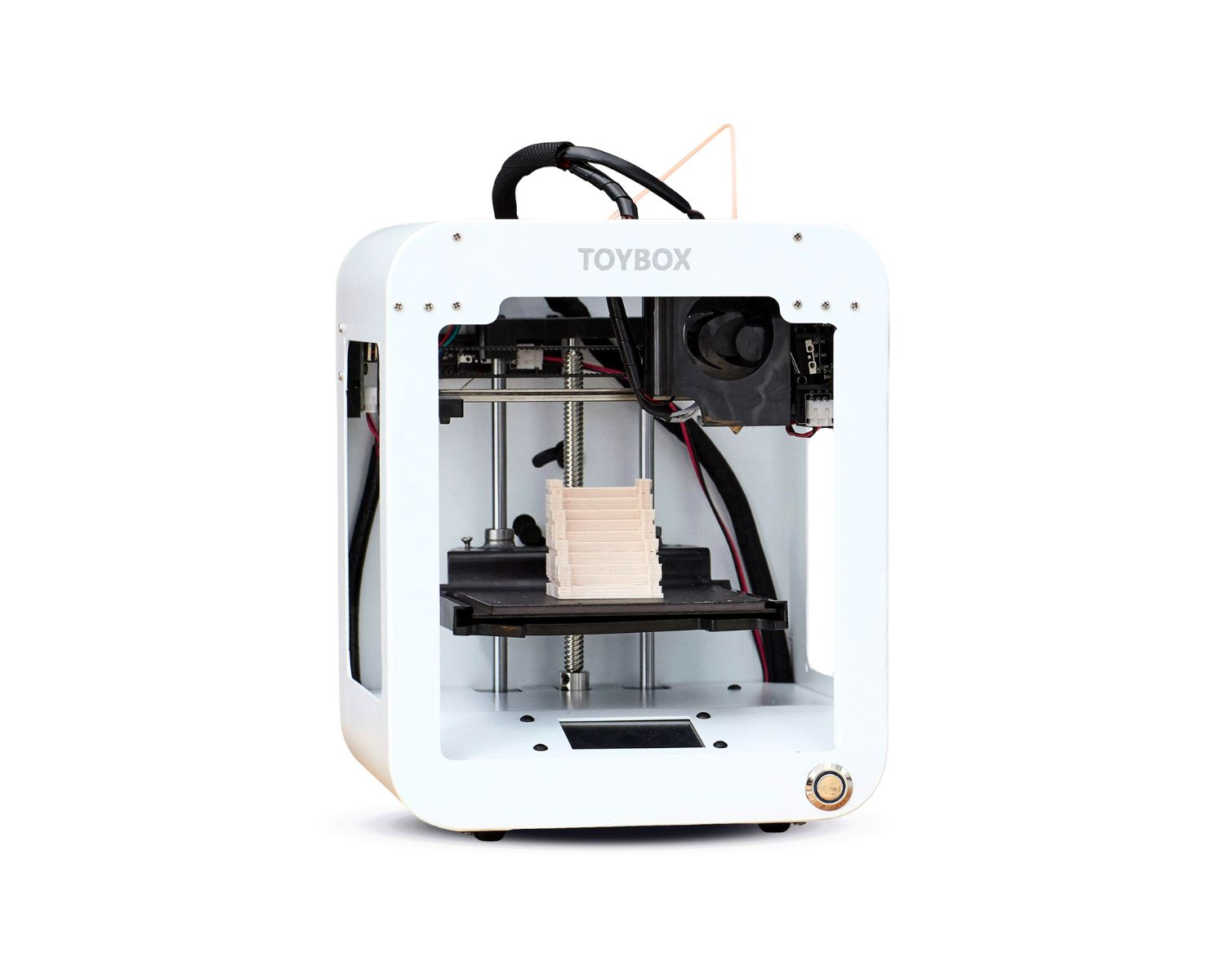

0 thoughts on “How To Store 3D Printer Filament”